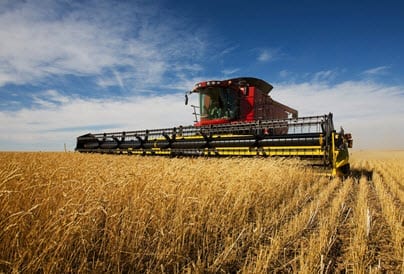This year’s droughts have made the coverage vital to many American growers.
Farmers have been helplessly watching their corn, wheat, and other produce wither and die and are now relying on crop insurance to get them through the worst drought that the United States has seen in over a half century.
The federal program to protect growers has become an important part of survival this year.
Without its assistance, many farmers – who are already battling with the high prices of land, cash rents, and high price inputs – would lose an entire year of income. The majority would not survive this level of loss. Crop insurance is the only way that they have to mitigate risks throughout the growing season, particularly when money has been borrowed in order to put seeds in the ground or to purchase livestock, land, or equipment.
Crop insurance provides the revenue that is needed to remain in business next year.
Taking part in the national crop insurance program has become an increasingly popular trend among farmers. In 2011, over 1.1 million policies were written for approximately 265 million acres of land. This means that almost 84 percent of all of the eligible farmland had coverage last year. When compared to 1988, this is an incredible growth, as that year had only 18 percent coverage – a year when the Midwest faced a massive damaging drought.
Farmers can purchase crop insurance for coverage of up to 85 percent of each of their acres, but the majority choose to buy policies that protect closer to 70 to 75 percent.
It is important to note that crop insurance isn’t the only element that is vital to the survival of farmers throughout times of drought. However, it is an important tool that is gaining in popularity. Farmers have become well aware of the importance of a financial cushion to assist them, as they have experienced a number of years of record incomes but are well aware of the risks of having the bottom fall out of their revenue.
It is crop insurance that is used to help to help them to withstand the impact of unforeseen weather events – for example, the drought this year – and keep them in business despite the volatility of the price of commodities.

